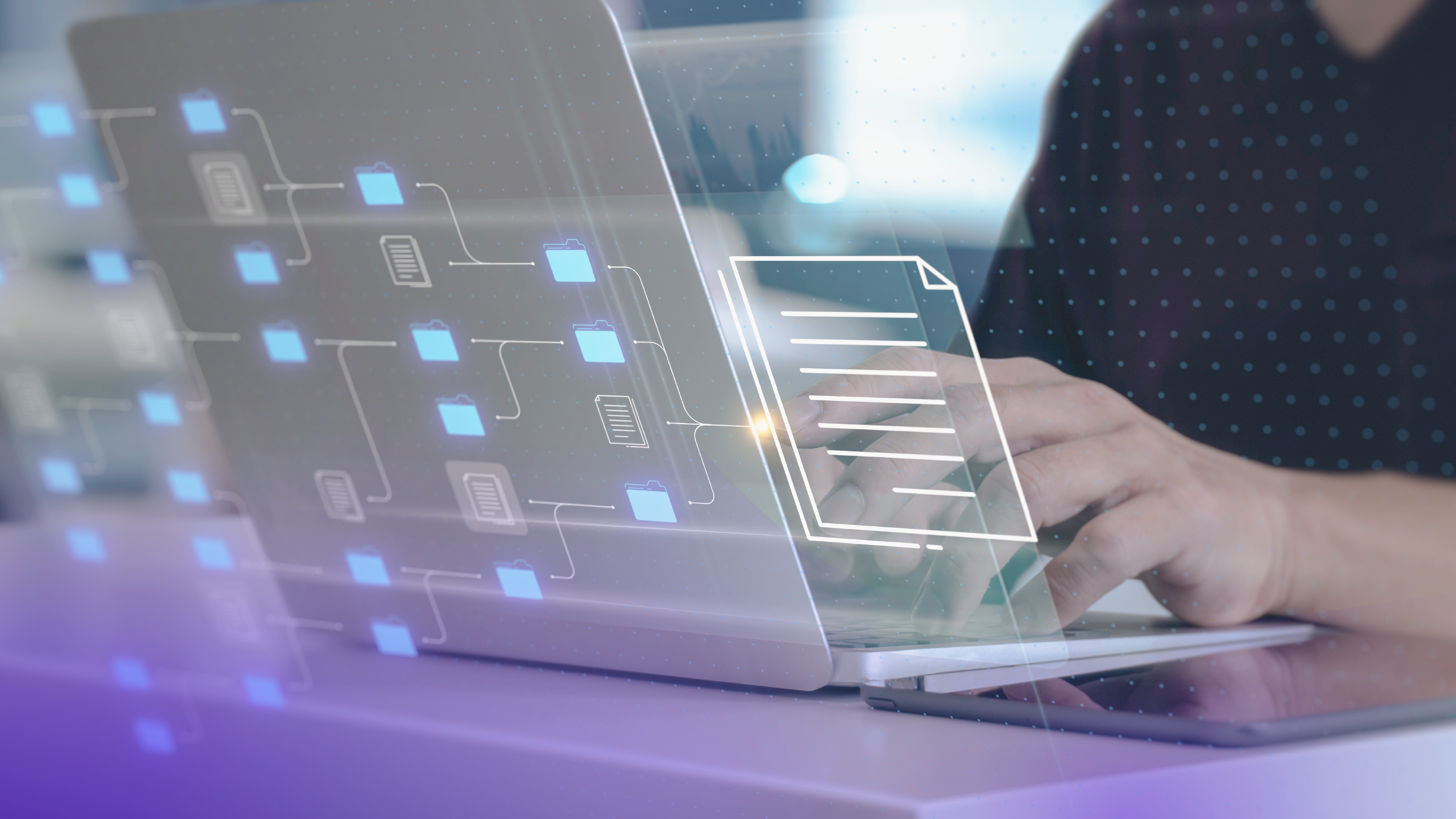HomePage » Untangling Microservices Log Chaos: Visualized EDR and RCA Techniques for Streamlined Operations
- Author : Brandon Fang
- Translator : Fran Chen
Untangling Microservices Log Chaos: Visualized EDR and RCA Techniques for Streamlined Operations

In today’s world of distributed microservices architecture, software services are often composed of multiple independent, autonomously operable modules. These services boast independent development, rapid deployment, and high agility, enhancing system agility and scalability.
However, the drawback of a distributed microservices architecture is the increased complexity in management. complicates management. Issues arising from data format inconsistencies and complex API routing significantly escalate the difficulty in troubleshooting, posing new security challenges for enterprises including authentication, authorization, and data protection. To effectively address these concerns, aside from maintaining effective log collection, preservation, and management for easy issue tracking, pinpointing the problem’s exact location becomes imperative. How should enterprises proceed? Why is EDR and RCA crucial for businesses?
What Is EDR, and Why Is It Essential?
EDR stands for Endpoint Detection and Response. It is a computer security technology used for endpoint protection, continuously monitoring and detecting threats and anomalous behaviors on endpoint devices like computers, phones, servers, etc.
The significance of EDR lies in its ability to monitor endpoint devices in real-time, enabling security teams to swiftly detect potential threats and attacks. When suspicious activities are detected, EDR promptly alerts personnel to take corresponding measures to prevent attack proliferation. Moreover, EDR offers extensive threat detection and analysis, identifying the nature, origin, and scope of threats to prevent similar incidents.
In the digital realm, EDR plays a critical role in providing security monitoring and response mechanisms, and thus fortifies an enterprise’s cybersecurity defenses and safeguards digital assets.
What Is RCA, and Its Importance in Microservices Architecture?
RCA stands for Root Cause Analysis, a problem-solving approach, aiming to identify the true cause of problems through systematic analysis, addressing issues at their core rather than superficially. The goal of RCA is to prevent recurring problems. The goal of RCA is to prevent recurring problems.
During failures or issues in microservices software architecture, it’s crucial to identify the root cause to prevent recurring problems, facilitating effective continuous improvements and optimizations, rather than just plugging the leaks. However, because in a microservices architecture, the system is divided into small, separate service components, each service component is responsible for specific business functions, and it is often difficult to actually run the RCA process. However, in a microservices architecture where systems are divided into small, separate service components, each responsible for specific business functions, performing RCA is quite challenging.
digiLogs: Assisting Enterprises with Automated EDR and RCA Analysis
TPIsoftware addresses inefficient manual issue detection through its Centralized Log Management Platform, digiLogs. Leveraging versatile detection mechanisms like Agent-based, Agentless, and API Collectors, digiLogs enables real-time log collection from system hosts, supporting over 55 system data formats. This assists enterprises in comprehensively and efficiently recording log files without interruptions.
digiLogs’ EDR endpoint monitoring system provides a comprehensive view of all endpoints through a holistic monitoring diagram, allowing enterprises to grasp the system’s status at a glance. When issues arise at endpoints, it facilitates swift and effective issue interpretation, aiding personnel in immediate and precise issue tracking and resolution.
Moreover, digiLogs employs distributed tracking techniques to achieve RCA goals based on configured alert trigger points. It also enables querying contextual log records of problem points for analysis, effectively resolving the dilemma faced by traditional IT personnel in repeatedly searching logs and piecing together the truth. This helps shorten Mean Time to Repair (MTTR), enabling quicker system restoration to a stable state.
digiLogs’robust log management capabilities alleviate IT staff from the daunting task of evaluating the pros and cons of open-source software, assessing system hardware and software stability, and conducting regular security maintenance. This allows enterprises to focus more on driving revenue growth, fostering technological innovation, and enhancing operational efficiency, ensuring uninterrupted business operations.
Are you looking to enhance your enterprise’s capability to detect endpoint issues? Or perhaps you are seeking effortless, efficient root cause analysis and problem resolution through a visualized system network topology? Let TPIsoftware assist you in preventing the challenges of maintaining a distributed architecture from becoming your pain points.
